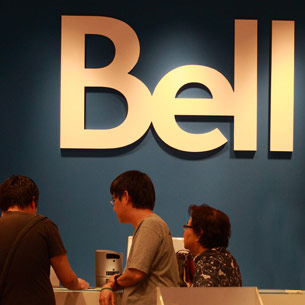
Bell launches Fibe TV
Bell Canada Enterprises Inc. became a wireline broadcast distribution undertaking when it announced in September the launch of Fibe TV. While Fibe TV is only available in certain parts of Montreal and Toronto, it means users have the option of going to a television provider other than the local cable company or a satellite carrier.
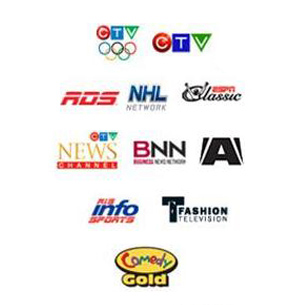
Bell buys CTV television
Bell Canada Enterprises announced in September, 2010 it intends to buy 100 per cent of the television assets of CTVglobemedia Inc. Bell Canada used to own the television network but later diluted its holdings, so it now shares it with Ontario Teachers Pension Plan, Torstar Corp. and the Woodbridge Co. Ltd, owned by the Thomson family. Bell now wants to buy out the other owners, so in addition to being a television broadcast distribution undertaking, Bell would also own several TV stations.
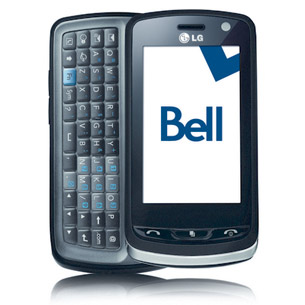
Bell and Telus launch HSPA wireless
In late 2009, Bell Canada Enterprises Inc. and Telus Corp. launched their High Speed Packet Access (HSPA) network, which meant the two incumbent carriers could offer the same cellular wireless handsets as Rogers Communications Inc., including Apple Inc.’s iPhone.
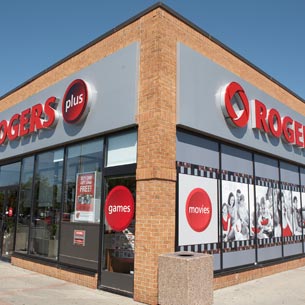
Rogers sues Bell over HSPA wireless claims
In December, 2009, Rogers Communications Inc. sued Bell Canada Enterprises Inc. over the advertising of Bell’s wireless High Speed Packet Access (HSPA) network, which it built in a partnership with Telus Corp. Rogers demanded that Bell be ordered to stop calling its cellular network the largest and most reliable network.
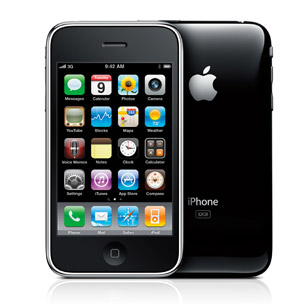
Rogers launches iPhone 3G
In June, 2008, Rogers Communications Inc. announced it will offer Apple Inc.’s iPhone 3G to Rogers Wireless customers. At the time, it was an advantage for Rogers because the other major cellular carriers, Bell Canada Enterprises Inc. and Telus Corp., did not have the HSPA networks necessary to connect the iPhone.
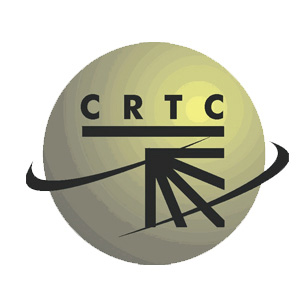
Cablecos agree with VoIP regulation
In 2006, Rogers communications Inc. and other Canadian cable providers filed a joint submission to the Canadian Radio-television and Telecommunications Commission (CRTC) asking the federal regulator to keep regulating voice over IP services. This happened after Bell Canada Enterprises Inc. and incumbent providers appealed to Cabinet asking them to overturn a May, 2005 CRTC ruling in which VoIP services were regulated in the same manner as the PSTN.
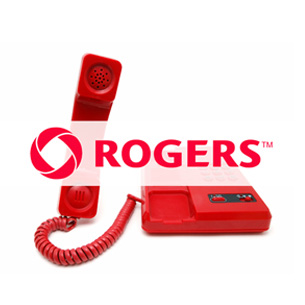
Rogers buys Call-Net
In 2005, Rogers communications Inc. agreed to acquire Call-Net Enterprises Inc., which at the time operated Sprint Canada. Sprint Canada was one of the first competitive local exchange carriers with its own network offering local and long-distance services. At the Canadian Telecom Summit in 2005, Call-Net president Bill Linton said the acquisition would give the “strongest push yet” for true telecommunications competition in Canada.
❮ ❯